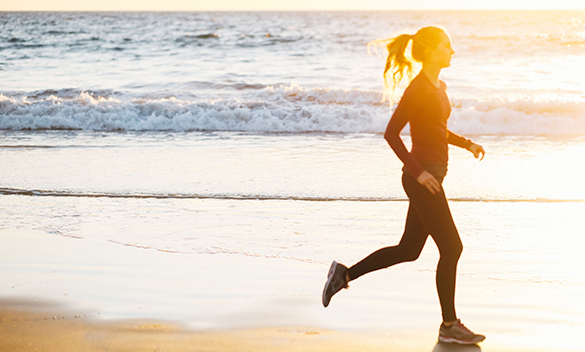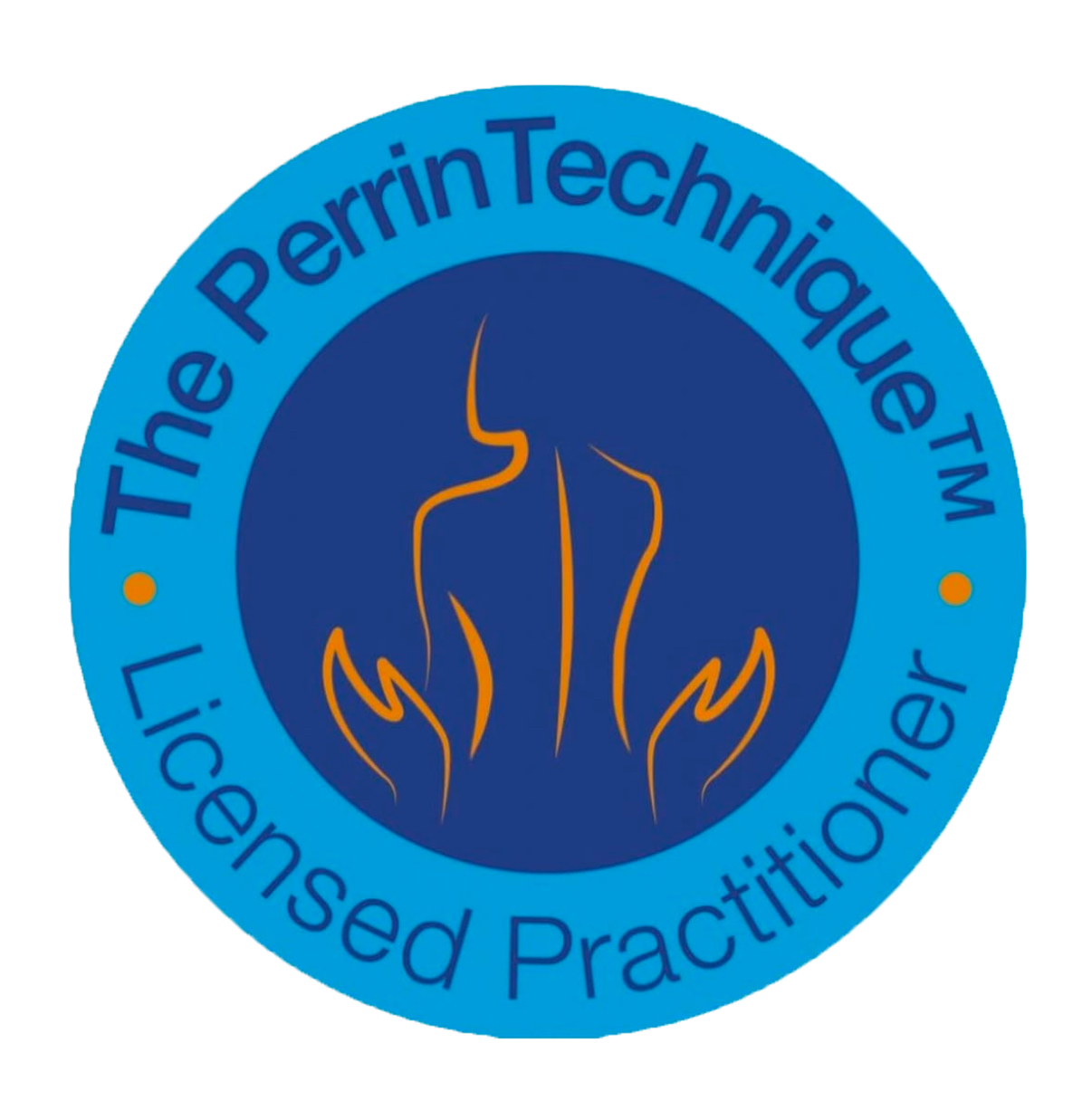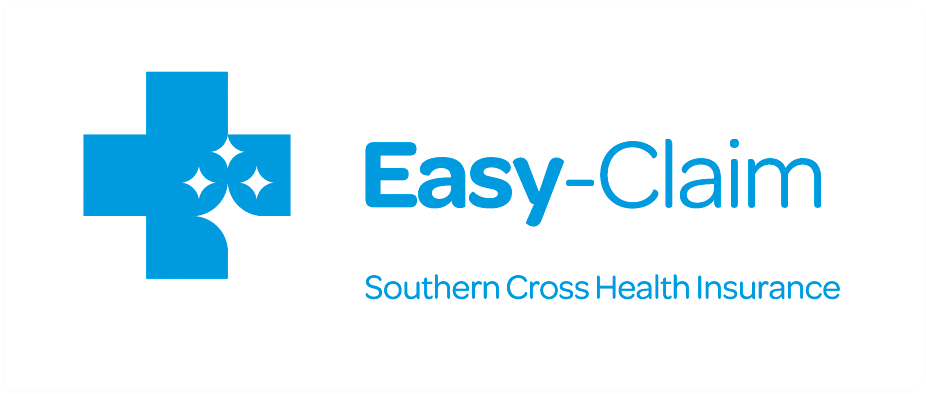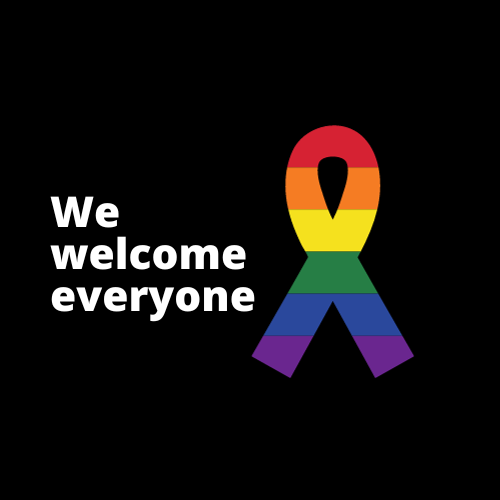Babies respond well to osteopathy.
The founder of osteopathy believed that structure governs function, and that if a child is left with unresolved strains from birth or other accidents it may have a lifelong impact on that child’s well being and function for life.
The body is amazingly adaptive and can accommodate many things, but these compensations can take away from our ability to function at our optimum. The osteopathic treatment of children is about providing and supporting them to be able tofunction and live at their fullest potential. All the osteopaths at The Twig Centre are trained and experienced inhelping children of all ages, from newborns to young adults reach their best function and potential.
A baby’s skull bones are soft with gaps called fontanelles. This allows for some slight overlapping of the bones as the head passes through the birth canal. This overlapping is known as moulding. Moulding also occurs during thepregnancy particularly the later stages when the baby is engaged and running out of room.
Some babies at birth will look “squashed” or have a “cone head shape” ; these are visible signs of the moulding process. Babies will start to release this unresloved moulding themselves by crying, suckling, yawning and because they can easily access their own ability to restore their Health.However, sometimes this unmoulding process isincomplete.
Growing can be easy for some children and harder for others, osteopathy can help support a child through growth and developmental transitions.
All the osteopaths at The Twig Centre treat newborns and children.
Some of the common things:
- A general check up- to make sure everything is aligned.
- A crying, unsettled baby.
- A baby who doesn’t sleep.
- A baby who finds it difficult to bring wind up, or is colicy, spilly or refluxy.
- A baby who only turns their head one way, often also preferring to feed off one breast rather than the other.
- Latching and Feeding difficulties.
- Delayed crawling or walking, concerns about foot positions, feet turning in or out on walking.
- Speech or hearing difficulties.
- In older children, check ups after accidents, sports injuries.
- Learning difficulties and Behavourial issues.
- Recurrent infections.
- Abdominal pain or headaches.
- Growing pains.






